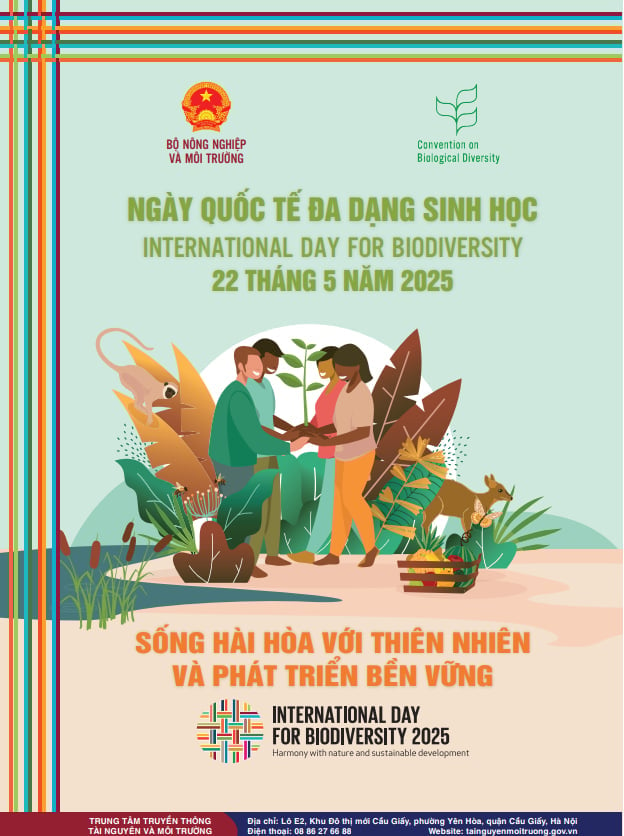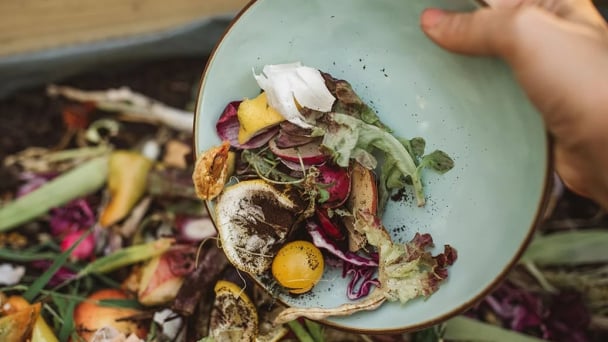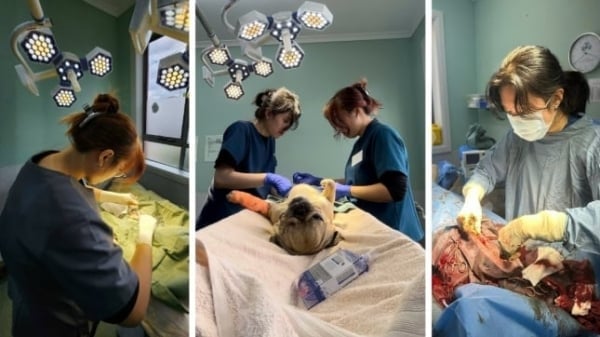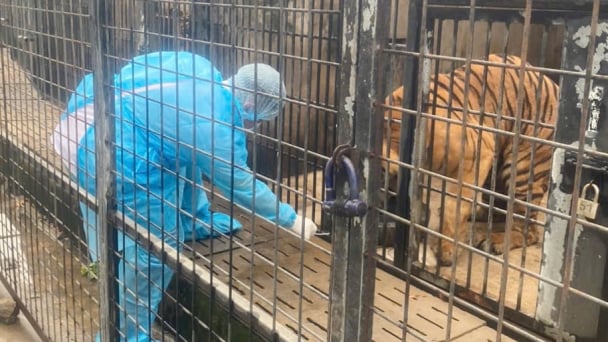May 17, 2025 | 14:23 GMT +7
May 17, 2025 | 14:23 GMT +7
Hotline: 0913.378.918
May 17, 2025 | 14:23 GMT +7
Hotline: 0913.378.918
Under this theme, the United Nations calls on the global community to simultaneously implement the goals of the Kunming-Montreal Global Biodiversity Framework (KMGBF) and the 2030 Agenda for Sustainable Development Goals (SDGs).
The KMGBF sets out an ambitious plan to transform society’s relationship with nature, aligning with the 2030 Agenda for Sustainable Development, the Sustainable Development Goals, and the Pact for the Future. Its 23 action targets are consistent with the 2030 Agenda and its 17 SDGs.

The United Nations designated 22 May as the International Day for Biodiversity 2025 with the theme "Harmony with nature and sustainable development". Photo: MAE.
Vietnam's Ministry of Agriculture and Environment (MAE) has recently issued an official dispatch requesting ministries, sectors, mass organizations, and localities to respond to the International Day for Biological Diversity through communication activities, raising awareness, and effectively implementing policies and specific actions.
The MAE calls for the continued effective implementation of the National Biodiversity Strategy and Action Plan to 2030 with a vision to 2050, and the National Biodiversity Conservation Plan for 2021 – 2030 period, with a vision to 2050, aiming to "restore and ensure integrity and connectivity, contributing to socio-economic development in the direction of a green economy and proactive climate change adaptation."
Agencies and units are encouraged to develop plans, allocate budgets, and mobilize financial resources to diversify investment sources for conservation; strengthen cooperation with domestic and international partners to attract and maximize financial support and investment for nature conservation efforts; and ensure fair and equitable sharing of benefits derived from genetic resources while developing sustainable livelihood models for local communities.
In addition, the Ministry recommends that agencies promote scientific research on conservation and sustainable use; apply science and technology in developing models for species and genetic resource conservation and sustainable use; conduct surveys, monitoring, inspections, and supervision; implement biodiversity conservation measures that are adaptive to climate change; strengthen cooperation in managing nature and biodiversity, especially with neighboring countries; enhance international cooperation in controlling illegal wildlife trade; and engage in experience-sharing with other countries and international organizations.
Translated by Kieu Chi
![Multi-channel, multi-directional Vietnamese agricultural markets: [8] A national strategy is needed](https://t.ex-cdn.com/nongnghiepmoitruong.vn/608w/files/phucpm/2025/05/15/1435-thi-truong-nong-san-viet-da-kenh-da-huongbai-8-can-mot-chien-luoc-quoc-gia-084750_728.jpg)
(VAN) The Chairman of Hung Nhon Group shared: ‘Opening up and tapping into new markets is the right and strategic direction for Vietnam's agricultural sector.’

(VAN) Food waste has become a serious issue in modern society, especially in rapidly urbanizing and developing cities like Hanoi.
![Multi-channel, multi-directional Vietnamese agricultural markets: [7] Deep processing makes global reach easy](https://t.ex-cdn.com/nongnghiepmoitruong.vn/608w/files/huytd/2025/05/16/2946-che-bien-sau-chia-khoa-vang-nang-tam-nong-san-viet-tren-ban-do-the-gioi-080603_110-093858.jpg)
(VAN) The application of deep processing technology is helping Vietnamese agricultural products enhance their value, create competitive advantages, and open doors to conquer global consumers.
![Multi-channel, multi-directional Vietnamese agricultural markets: [6] Agri products go online](https://t.ex-cdn.com/nongnghiepmoitruong.vn/608w/files/content/2024/12/10/1-113313_954.jpg)
(VAN) Bringing agri products onto e-commerce platforms is an effective way to build a brand that many businesses, cooperatives, and agricultural production households are doing.

(VAN) Veterinary training should focus on quality, not just quantity. Veterinarians also need more options to pursue specialized training.

(VAN) The veterinary industry needs to be viewed objectively and further invested in to properly demonstrate its role and importance in the new context.